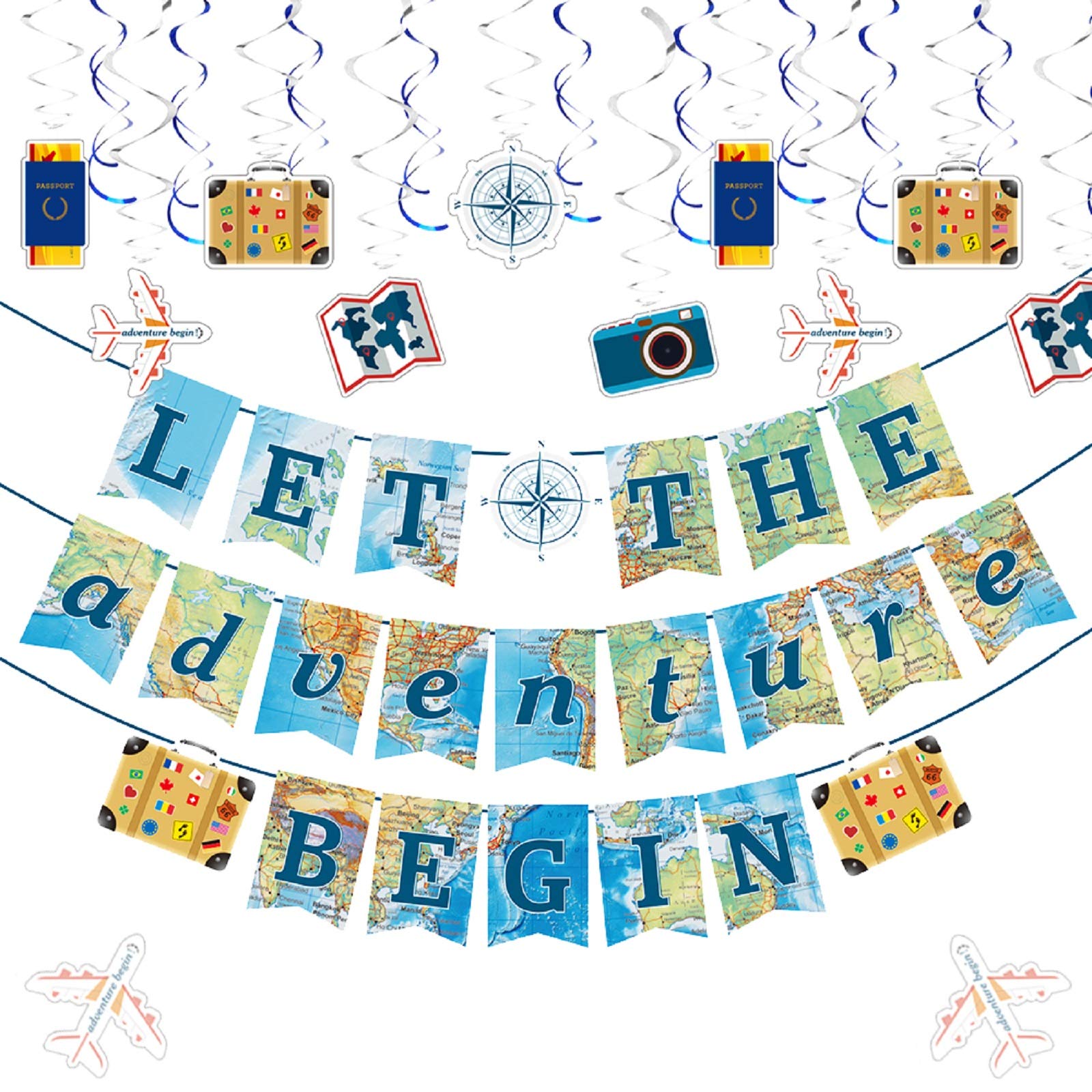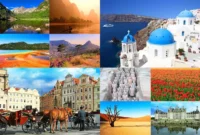My Trips Army: This phrase evokes images of camaraderie, shared adventures, and the meticulously planned logistics of a large-scale expedition. It suggests a group of friends, unified by a passion for exploration and bound together by the challenges and triumphs of their journeys. This exploration delves into the multifaceted meaning of “My Trips Army,” examining its connection to both personal travel and the military, exploring its visual representation, and ultimately celebrating the power of shared experiences in forging lasting bonds.
We will examine the logistical similarities and differences between planning a large group trip and a military operation, highlighting the importance of teamwork and coordination in both contexts. Furthermore, we’ll explore how the concept of “My Trips Army” can be effectively utilized in social media marketing, creating engaging content that resonates with potential travelers and builds a strong brand identity.
Understanding “My Trips Army”
The phrase “My Trips Army” evokes a sense of organized and potentially numerous travel experiences. Its meaning depends heavily on context, ranging from a literal interpretation to a more figurative one emphasizing personal achievement or a community of shared experiences.
The core idea revolves around the accumulation and management of personal travel experiences. It suggests a deliberate approach to travel planning and execution, potentially involving detailed records, meticulous organization, and a strategic approach to exploring different locations. The “army” metaphor implies a significant number of trips, perhaps undertaken over a considerable period, and a certain level of dedication and commitment to travel.
Possible Interpretations of “My Trips Army”
This phrase can be understood in several ways. It might refer to a literal collection of travel records, meticulously documented and categorized, perhaps digitally or in physical journals. Alternatively, it could represent a network of travel companions or online community sharing experiences and advice. In another interpretation, “My Trips Army” might signify the personal triumph over logistical challenges, the conquest of unfamiliar territories, and the overall sense of accomplishment derived from extensive travel. Finally, it could simply be a playful, self-deprecating term used by a frequent traveler to describe their extensive travel history.
Scenarios Where “My Trips Army” Might Be Used
Imagine a travel blogger describing their vast collection of travel journals and photographs, referring to them as their “Trips Army.” Or consider a seasoned traveler boasting about their extensive travel history, using the phrase to highlight their experiences. Furthermore, a group of friends who frequently travel together might jokingly refer to themselves as each other’s “Trips Army,” emphasizing their shared travel adventures. The phrase could also be used in the title of a travel blog or social media account dedicated to documenting travel experiences.
Contexts for “My Trips Army”
The phrase “My Trips Army” could be relevant in various contexts. It’s suitable for travel-related social media platforms, blogs, and online forums. It could also be used in personal journals or diaries to describe travel experiences. Furthermore, it might be a fitting title for a book or documentary showcasing a person’s extensive travel history. Finally, the phrase could even be used in a more abstract context to represent a person’s personal growth and development through travel.
Travel Experiences and the Military
Personal travel and military service, while seemingly disparate, share surprising parallels. Both involve meticulous planning, adaptation to unfamiliar environments, and the forging of strong bonds within a group. However, the scale, purpose, and inherent risks differ significantly, leading to unique experiences and challenges for individuals involved.
The logistical complexities of planning a personal trip and a military deployment are vastly different. A personal trip, even a complex one involving multiple destinations and activities, is planned around individual preferences and available resources. It’s characterized by flexibility; changes can be made relatively easily based on unforeseen circumstances or spontaneous decisions. Military deployments, on the other hand, are governed by strict operational requirements, geopolitical considerations, and complex logistical chains involving personnel, equipment, and supplies. These deployments necessitate months, sometimes years, of meticulous planning, adhering to rigorous protocols and safety measures, and are far less flexible, requiring precise coordination and adherence to a detailed timeline. The potential for unforeseen challenges, such as hostile environments or equipment malfunctions, is also significantly higher in military deployments.
Logistical Differences in Planning
Personal trip planning often involves researching destinations, booking flights and accommodation, and creating an itinerary. Challenges might include finding affordable flights, securing visas, or adapting to unexpected delays. In contrast, military deployment planning involves extensive risk assessments, resource allocation, securing necessary permits and permissions, and coordinating with allied forces and support personnel across multiple countries and jurisdictions. A personal trip’s logistics are primarily focused on personal comfort and convenience; military deployment logistics prioritize mission success and the safety and well-being of personnel. For example, a personal trip to Europe might involve researching museums and restaurants, while a military deployment to a conflict zone involves planning for potential ambushes, securing medical support, and establishing communication networks.
Camaraderie and Teamwork
Both personal travel groups and military units foster a sense of camaraderie and teamwork. In a travel group, shared experiences, challenges overcome, and mutual support build strong bonds. The reliance on each other to navigate unfamiliar territories and overcome obstacles creates a sense of unity and shared purpose. Similarly, within a military unit, teamwork and camaraderie are crucial for survival and mission success. The intense shared experiences, mutual reliance under pressure, and shared commitment to a common goal foster deep bonds of trust and respect among soldiers. However, the intensity and consequences of teamwork in a military setting are far greater. The bonds formed in a military unit often transcend personal differences and are forged in the crucible of high-stakes situations, potentially involving life-or-death scenarios. The level of trust and reliance within a military unit far surpasses that found in most travel groups.
Visual Representation
This section details the visual identity for “My Trips Army,” encompassing logo design, a short video script illustrating the brand’s essence, and an infographic description outlining the planning stages of a group trip, highlighting collaborative efforts. The goal is to create a cohesive and memorable visual representation of the brand.
Logo Design
The “My Trips Army” logo depicts a stylized compass rose overlaid with a stylized group of four figures, each represented by a simple, bold outline of a person. The compass rose, a symbol of exploration and direction, is rendered in a deep teal, representing stability and trust. The four figures, in a lighter shade of teal, are positioned around the compass rose, subtly suggesting a team moving together. The figures are not fully detailed, emphasizing the inclusive nature of the brand – anyone can be part of “My Trips Army.” The overall design is clean and modern, conveying a sense of adventure and camaraderie. A small, subtly textured banner beneath the main design reads “My Trips Army” in a clean sans-serif font, in a deep navy blue for contrast and readability. The overall color scheme evokes feelings of calmness, reliability, and adventure.
Video Script: My Trips Army Adventure
[SCENE START]
Scene 1: A montage of quick shots: bustling airport, friends laughing as they check in luggage, a scenic airplane view. Upbeat, adventurous music plays.
Narrator (V.O.): Tired of the same old routine? Ready for an adventure?
Scene 2: The friends arrive at their destination (a beautiful beach, mountain range, or vibrant city). They are unpacking, laughing, and generally enjoying themselves.
Narrator (V.O.): My Trips Army: Your squad, your adventure.
Scene 3: The friends are engaging in activities – hiking, swimming, exploring a local market. Close-ups show their smiles and shared experiences.
Narrator (V.O.): Planning a group trip can be challenging…
Scene 4: Quick cuts showing the friends collaboratively planning on a map, sharing ideas, laughing together.
Narrator (V.O.): …but with the right team, it’s an unforgettable experience.
Scene 5: The friends are gathered around a bonfire, sharing stories and laughing. The camera focuses on their happy faces.
Narrator (V.O.): My Trips Army: Adventure awaits.
[SCENE END]
Infographic Description: Planning a Large Group Trip
This infographic illustrates the key stages of planning a large group trip, emphasizing teamwork and coordination. The information is presented in a clear and visually appealing manner, utilizing icons and concise text to highlight each step. The infographic uses a clean, modern design with a color palette consistent with the “My Trips Army” brand.
| Phase | Tasks | Team Roles | Timeline |
|---|---|---|---|
| Destination Selection | Research potential destinations, consider group interests and budget. | Group Leader, Budget Manager | 2-4 weeks |
| Itinerary Planning | Create a detailed itinerary, including activities, transportation, and accommodation. | Itinerary Planner, Logistics Coordinator | 3-6 weeks |
| Accommodation & Transportation | Book flights, accommodation, and arrange transportation between locations. | Booking Manager, Transportation Coordinator | 4-8 weeks |
| Budget Management & Expense Tracking | Establish a budget, track expenses, and manage payments. | Budget Manager, Treasurer | Ongoing |
Ultimate Conclusion
Ultimately, “My Trips Army” transcends its literal meaning to represent the spirit of adventure, the strength of teamwork, and the enduring power of shared experiences. Whether it’s conquering a challenging trek in the Himalayas or navigating the bustling streets of a foreign city, the bonds forged through collective travel are as strong and lasting as any military unit. The concept offers a unique lens through which to view the planning and execution of group travel, highlighting the importance of meticulous preparation, effective communication, and the unwavering support of one’s travel companions. This framework provides a powerful and memorable way to market group travel experiences, emphasizing the camaraderie and shared memories that are the hallmarks of such adventures.




